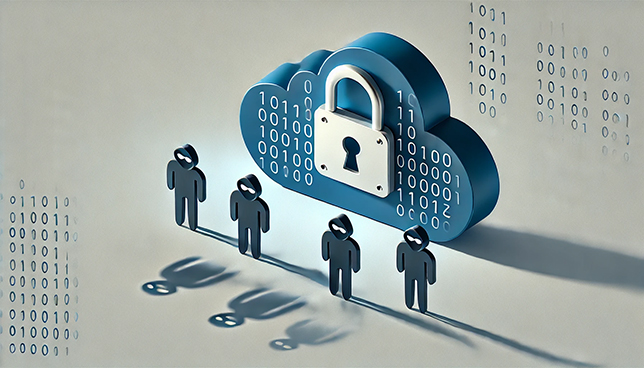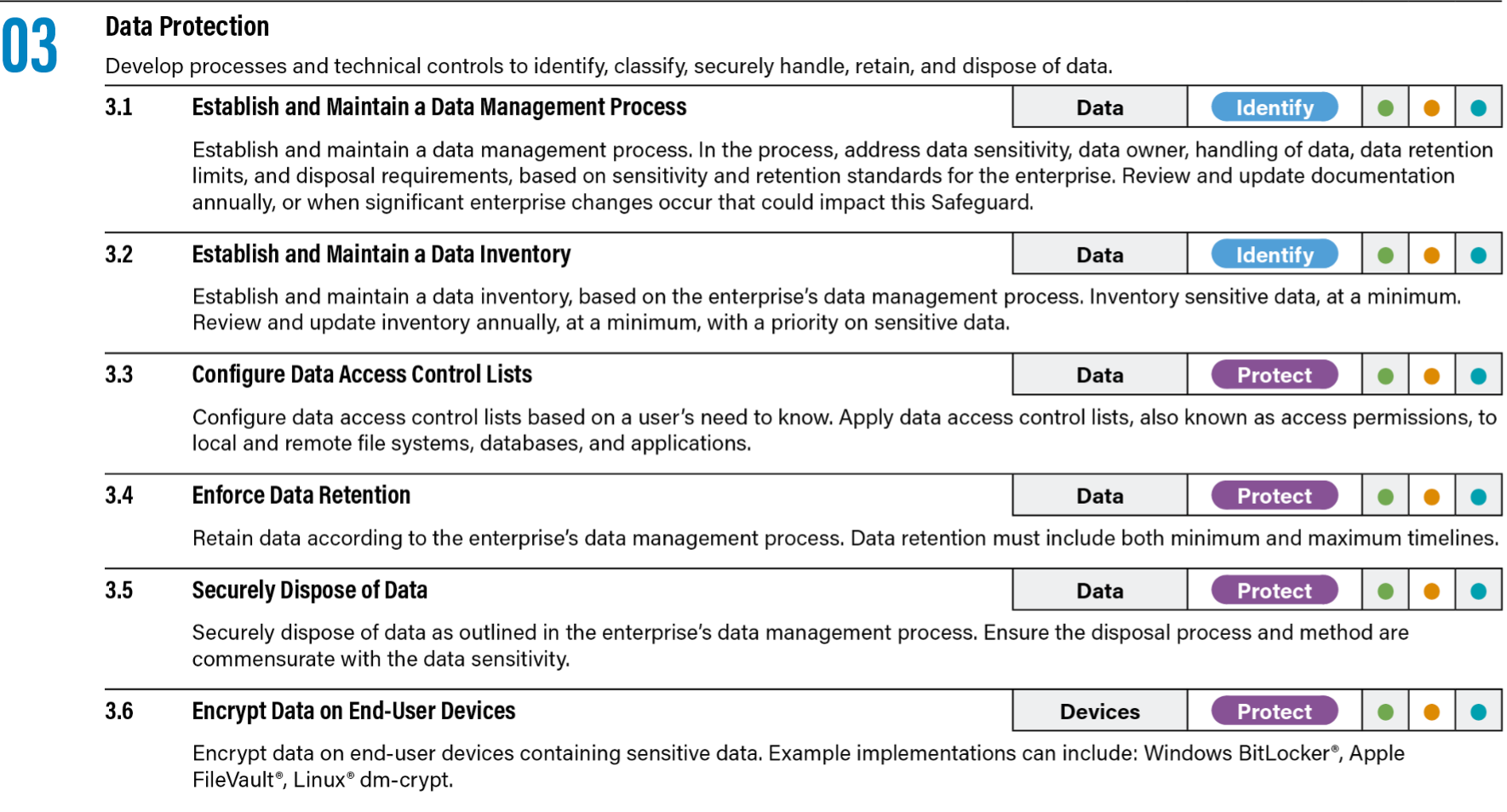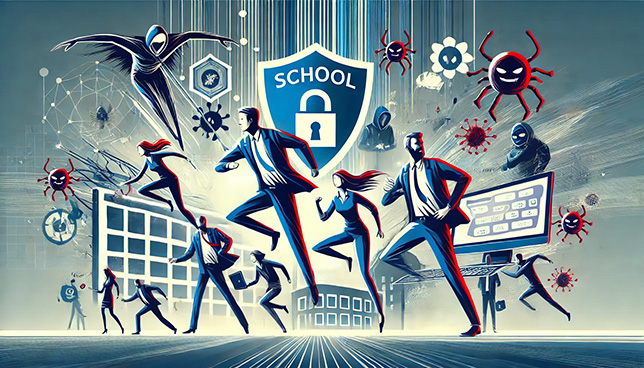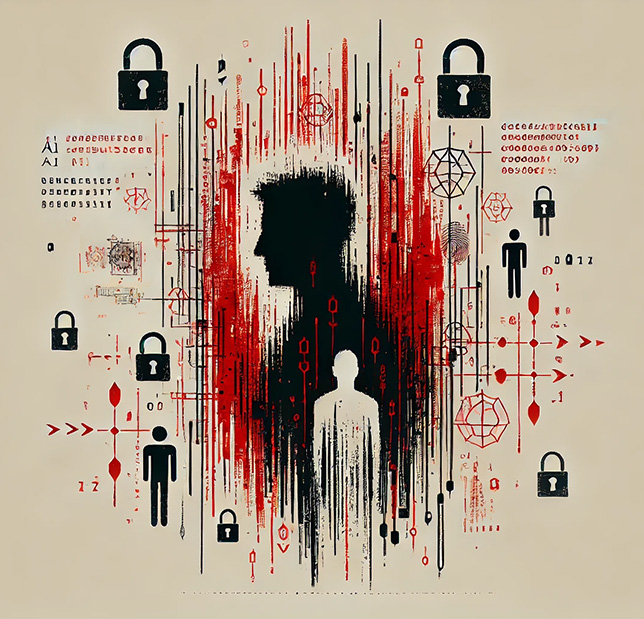
A new report examines how advanced AI can help perform adversarial testing with red/black teams and provides recommendations for organizations to do just that.

The No. 1 cybersecurity threat in the cloud has changed from a couple years ago, according to a new report from the Cloud Security Alliance (CSA), which provided handy mitigation strategies and suggested AI can help (or hurt).

Registration is free for this fully virtual Sept. 25 event, focused on "Building the Future-Ready Institution" in K-12 and higher education.

In this guide, we'll identify some first steps you can take to establish your cloud security strategy. We'll do so by discussing the cloud security impact of individual, concrete actions featured within the CIS Critical Security Controls® (CIS Controls®) and the CIS Benchmarks™.

An analysis of the cybersecurity landscape for education institutions and tips on how defenders can comfortably face new and emerging threats.

Tech giants Google, Microsoft, Amazon, OpenAI and others have formed a new industry group aimed at promoting AI safety and security standards.

Security software company Kaspersky has announced it is closing down its United States operations. The news comes just days before a federal ban on sales of its products was set to take effect, due to concerns about cyber espionage.

To clarify the potential risks of GenAI and provide "a concrete understanding of how GenAI models are specifically exploited or abused in practice, including the tactics employed to inflict harm," a group of researchers from Google DeepMind, Jigsaw, and Google.org recently published a paper entitled, "Generative AI Misuse: A Taxonomy of Tactics and Insights from Real-World Data."
Human error is still one of the biggest threats to cloud security, despite all the technology bells and whistles and alerts and services out there, from multi-factor authentication, to social engineering training, to enterprise-wide integrated cybersecurity platforms, and more.
A new study from the University of Illinois Urbana-Champaign (UIUC) found that large language model agents can autonomously exploit real-world cybersecurity vulnerabilities, raising critical concerns about the widespread deployment and security of these advanced AI systems.